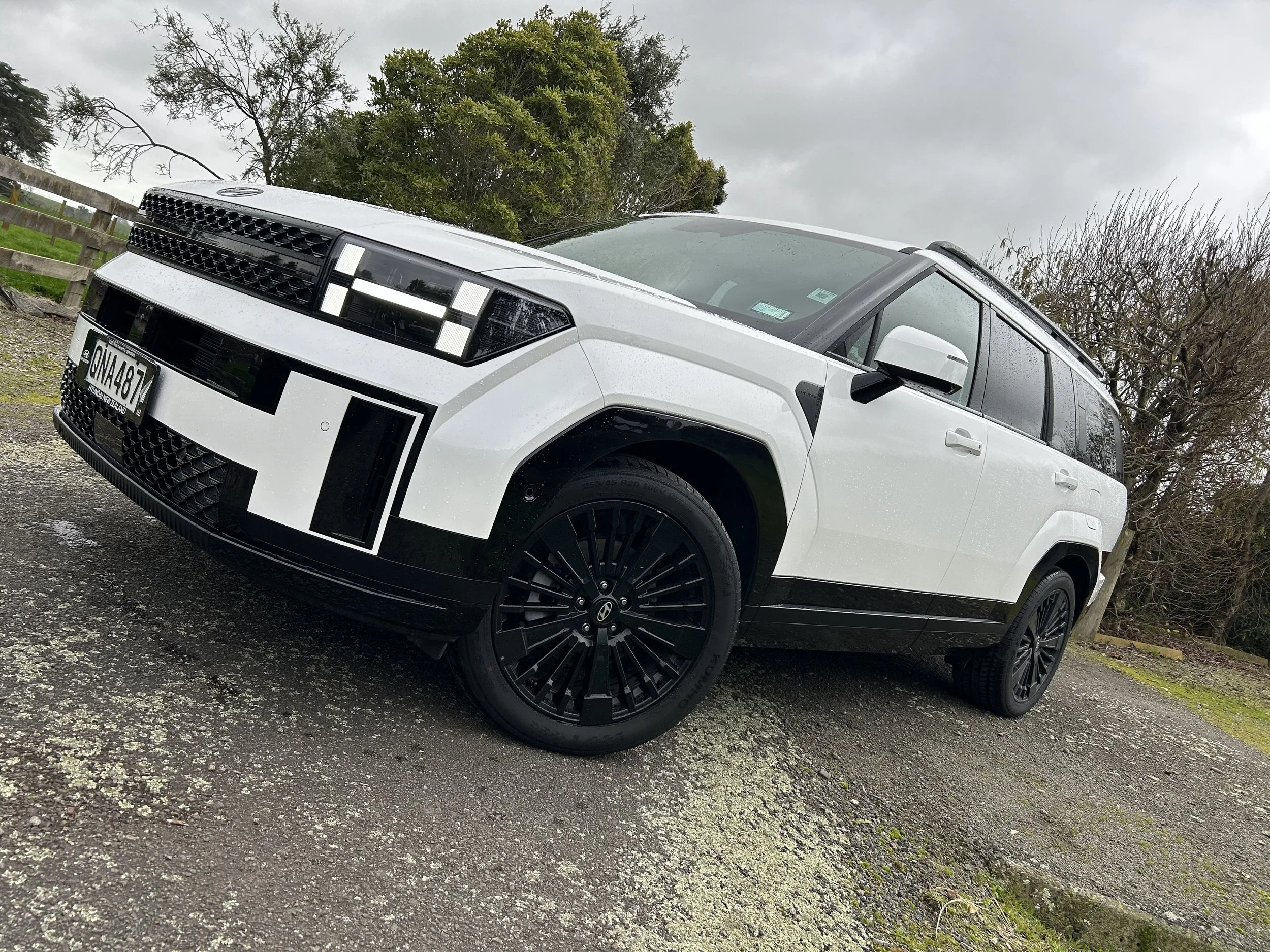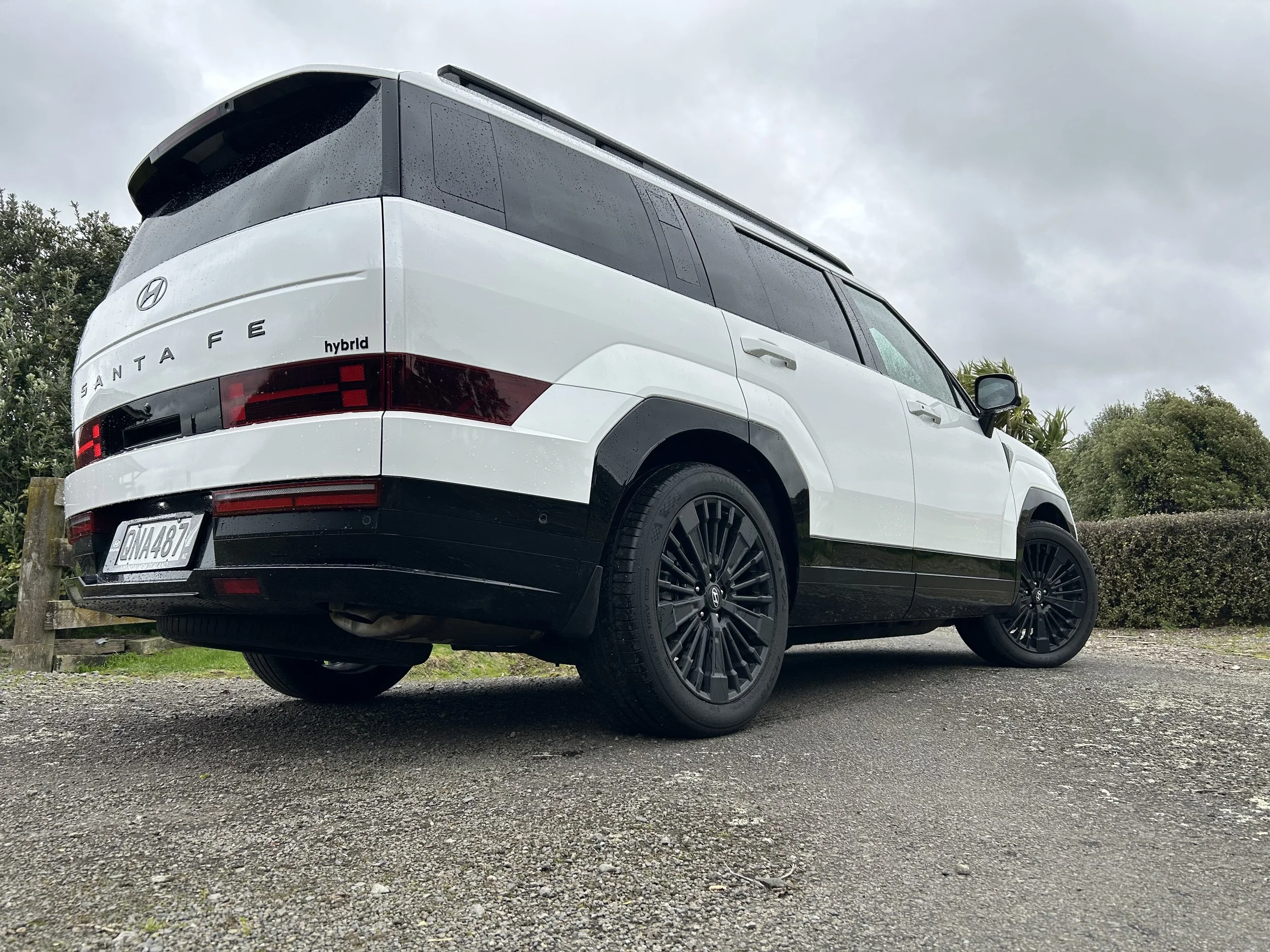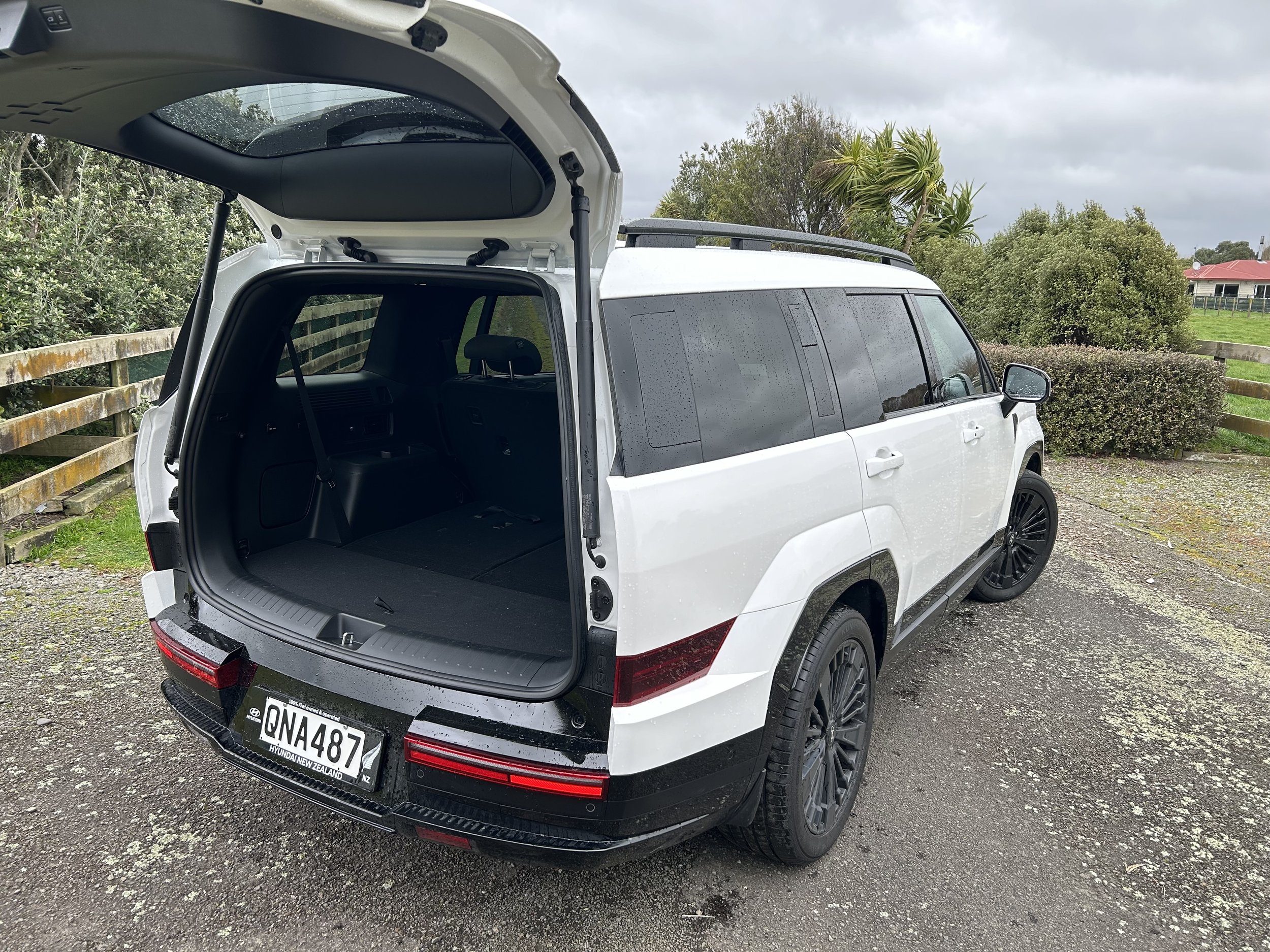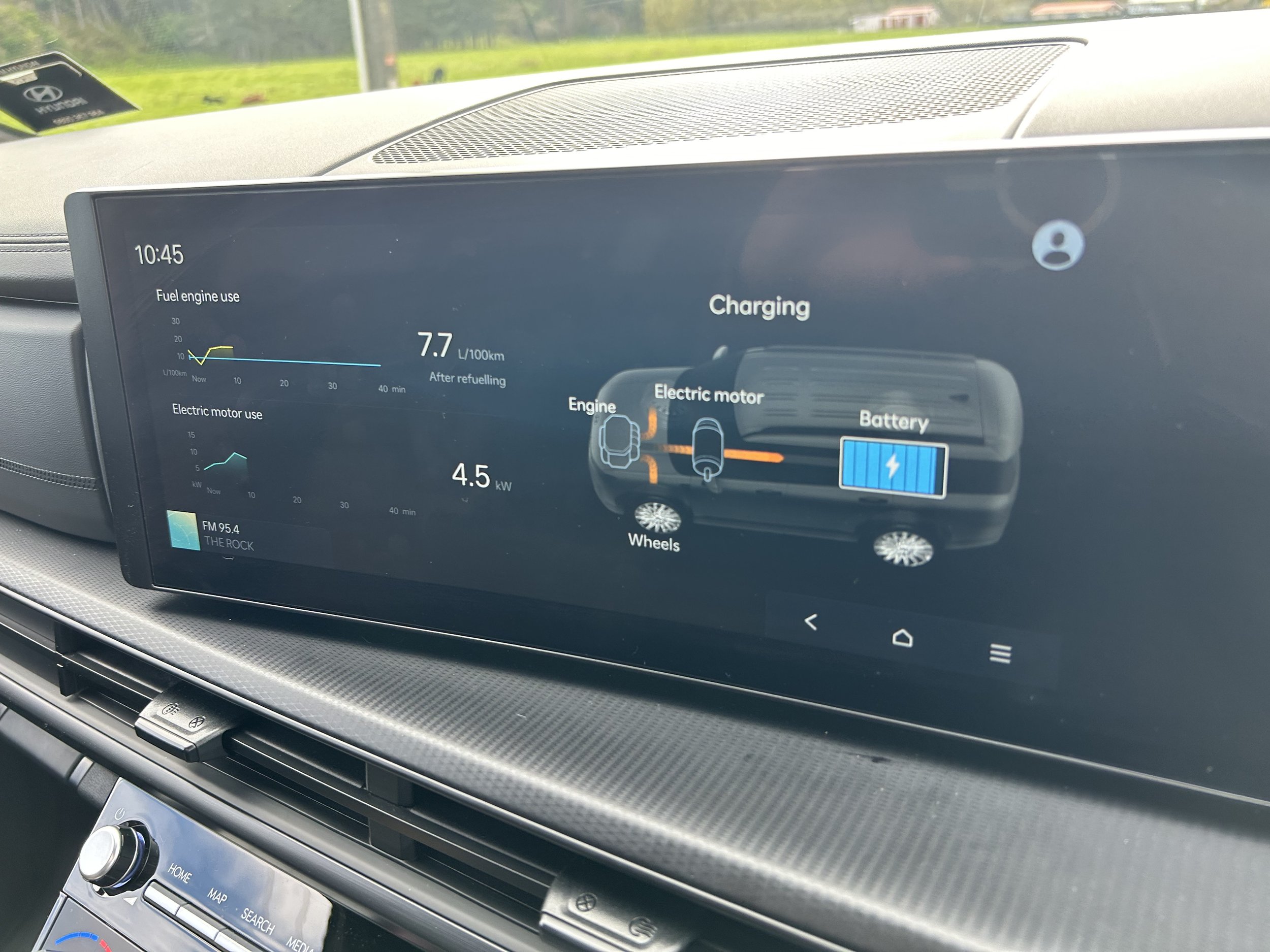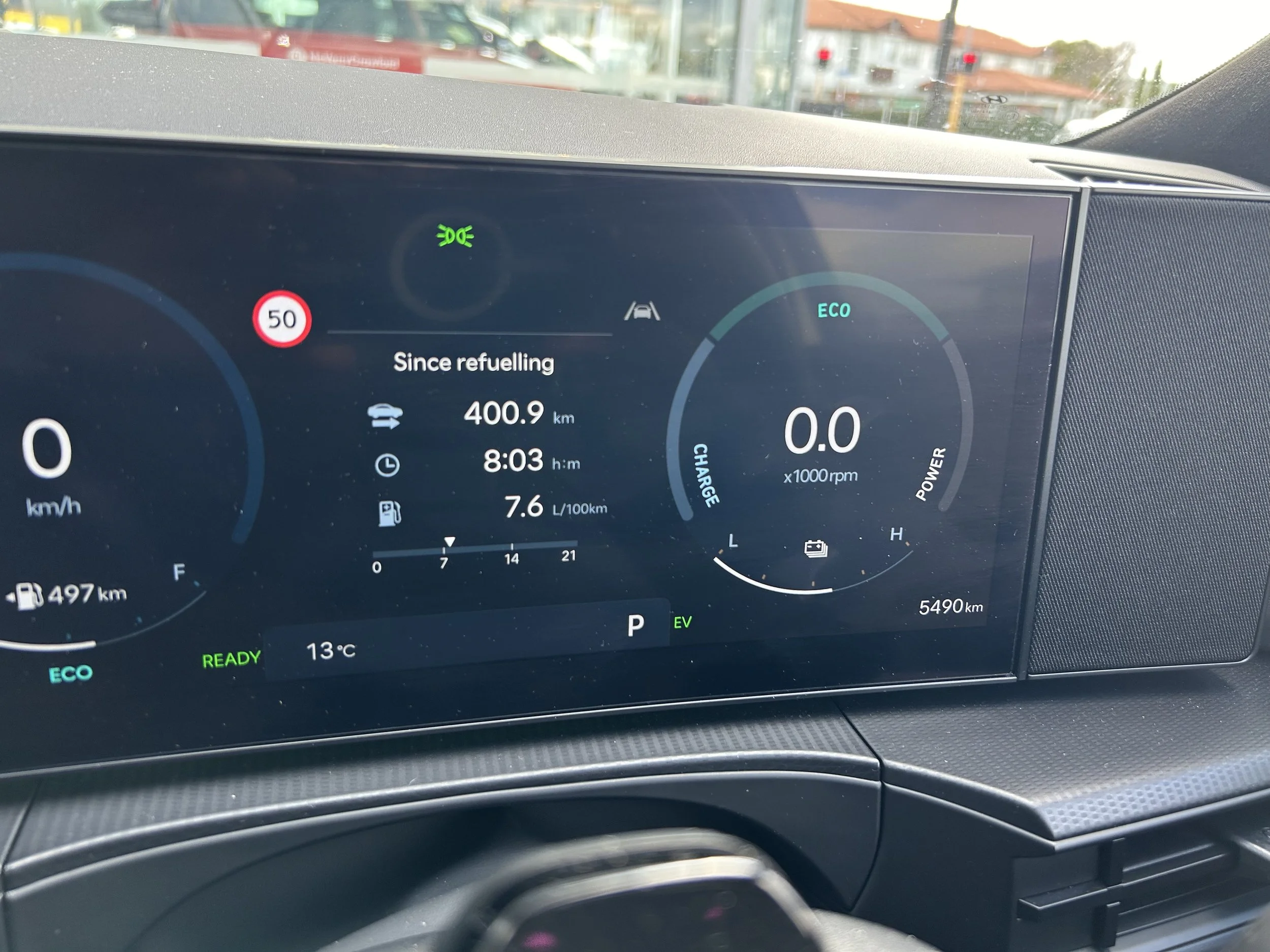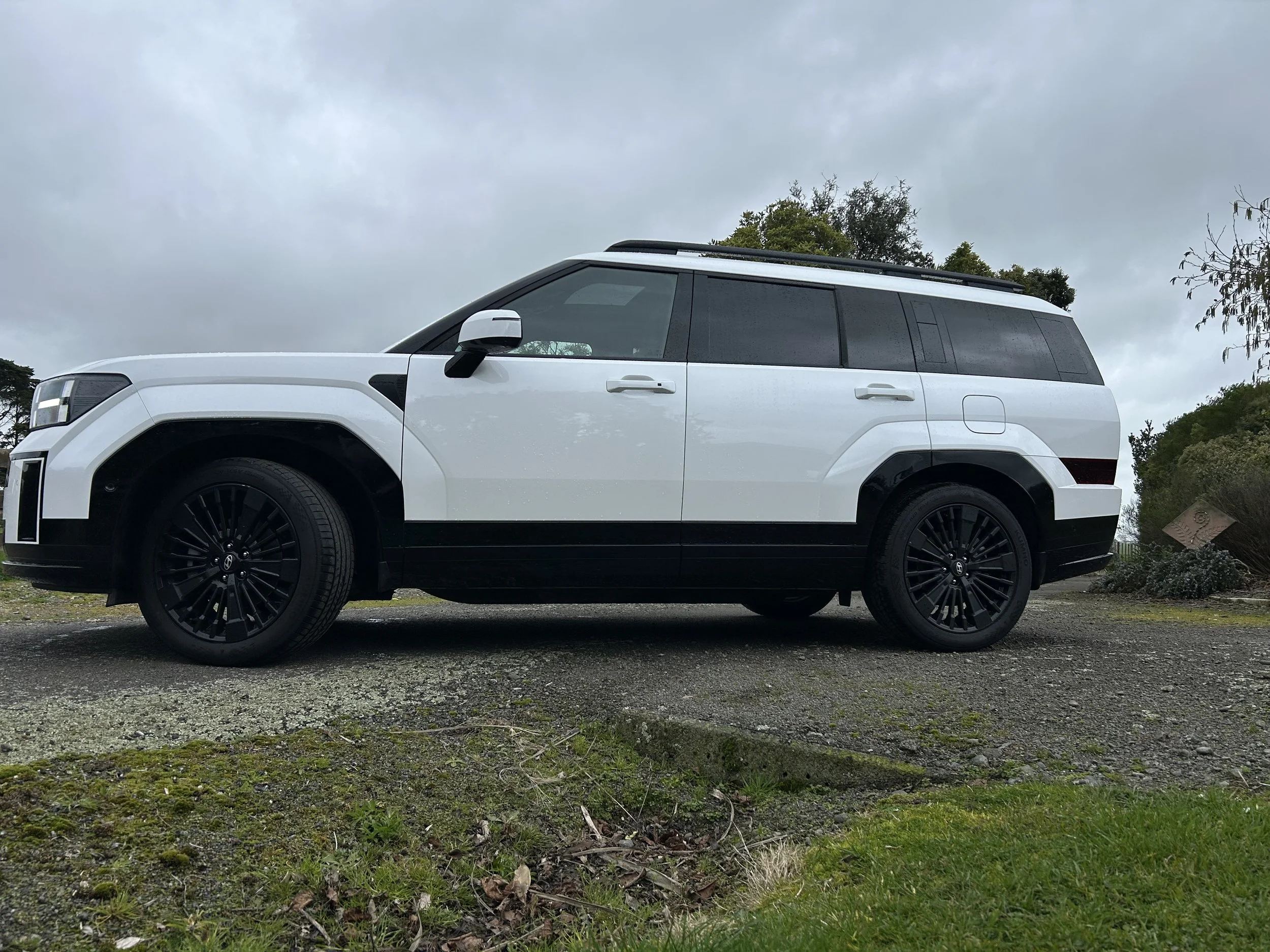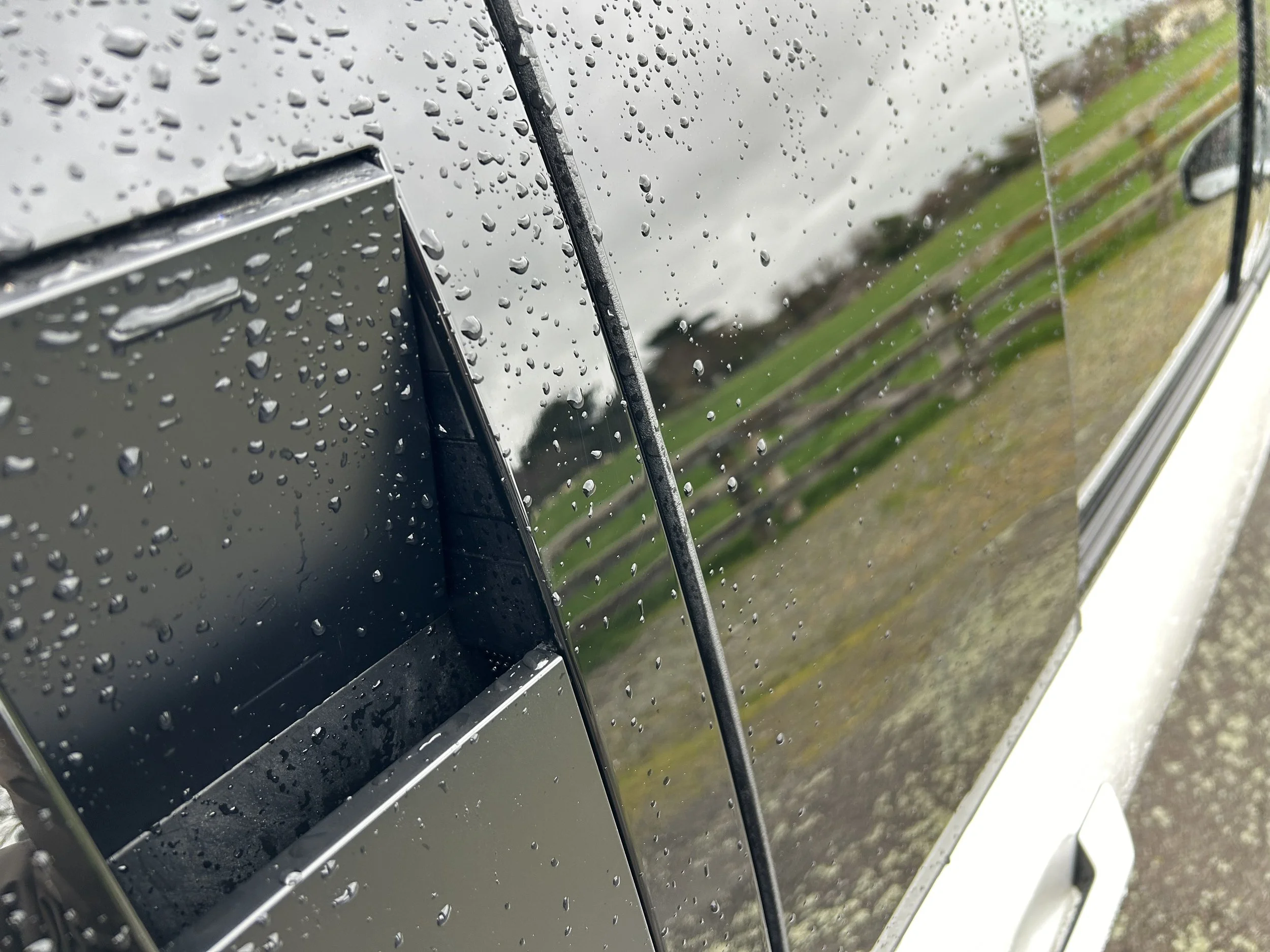Hyundai Santa Fe Calligraphy road test review: Big effort goes to town
/In moving up to meet a changing world, does this popular model risk losing touch with its biggest support base?
Price: $104,990
Engine: 1.6-litre four-cylinder turbo petrol with hybrid electric assist, 172kW/376Nm.
Transmission: Six-speed automatic, all-wheel-drive.
Dimensions: Length, 4764mm; width, 1890mm; height, 1605mm.
We like: Exceptional build quality; improved urban efficiency; comfortable and spacious; clever tech.
Not so much: Price hike; can’t match old diesel for muscularity and is compromised accordingly; so different to forebear it risks losing a key buyer base
CAN you live with the styling; can you live with the drivetrain?
At first, the initial question in respect to the latest Hyundai Santa Fe seems the more important.
After several generations of styling evolution, this edition has cast off its curves and gone square. If that’s hip, then this chunky cuboid challenger is the coolest thing around.
In reality, though, how you feel about the look is going to be a passing thing; it’s more likely the second is the one that will decide if this car should be a keeper.
All international trends suggest going petrol hybrid and abdicating diesel is the right thing to do. Yet in this market, is it a risk?
That’s the biggest single question, but there’s other stuff to consider.
Apart from what’s going on under the skin, it’s a larger and even more luxurious car than before with masses of space and, by and large, a high-quality feel throughout.
But this comes with a significant lift in price. The entry version, now called Active, is a whopping $20,000 dearer than its equivalent in the old range. Some adjustments are smaller, and softened by special promotional prices cutting $10k from full RRPs, but overall this model has become somewhat pricier.
Yup, there’s a heck of a lot to unpack with this fifth generation car.
This test starts at the top, with the Calligraphy, a nameplate previously used to signal a limited edition but now in full-time employment as the flagship designation.
The biggest dollar edition is putting on the ritz, with a tuxedo-dressed presentation of a styling approach that’s bold to say the least.
Santa Fe now being so edgy shouldn’t surprise. Ioniq 5 and Ioniq 6, the latest Kona … those preceding cars also broke with convention and just as strongly remind how much free rein Hyundai’s prepared to give its designers these days.
Still, and perhaps simply because its the largest execution of the ‘new way’, some past customers might require time to lend considerable consideration about continuing commitment.
The familial link to the Ioniq 5 is one thing; but during test I just as often heard about how much alike it is to the Land Rover Discovery.
Fans of that Brit box can be assured Gerry McGovern hasn’t been moonlighting in Seoul, but it’s a car that LR’s design chief might admire all the same. There are a couple of weirdnesses - the very low tail-lights and those pop-in hand holds on the rear flank, to assist climbing up to roof-mounted loads (that require rail mountings that’ll cost more) - but other aspects of the design work is awesome. Those large angular wheel arches and H-shaped LED daytime running lights are truly outstanding.
At full RRP, Calligraphy becomes the first Santa Fe to price about $100k. You’d hope it would kit out fulsomely for that kind of spend. It does, but perhaps ultimately to detriment.
This specification runs perilously close to being too high end for the school run, with lovely leather and lots of upmarket elements, from first row relaxation seating, a dual-pane sunroof, a digital centre mirror, captain's chairs in the second row as an option to the bench the test car had, wireless Apple CarPlay and Android Auto for the banging Bose stereo as well as a pair of wireless charging pads. And something you mightn’t have found need for, but appears important for clientele: a UV-C sterilisation tray that kills bacteria from personal items.
On the outside, Calligraphy also blings up a bit more than the cheaper editions, including having 20-inch rims, whoppers for a Santa Fe yet, when it says much about the overall dimension of the car that, when you stand back, they appear a touch under-sized.
The greatest downsize shows when you lift - with a touch of exertion - the bonnet. Who shrunk the engine? Santa Fe’s never really had really big donks but all previous kinds generally filled the space rather more fully than what’s in there now.
Can a 1.6-litre four-cylinder petrol with mild (self-replenishing) electric assist really step up to the plate and smash a home run?
You’d be surprised. It can, and in an environment in which very large sports utilities often don’t fit comfortably.
As much as it sizes up as one the larger urban assault vehicles of the year, to point it fills a carpark, not just length but also width-wise, thanks to that new powertrain, it’s become perhaps one this year’s most surprising choices for the city.
Anything in the hybrid club loves urban speed driving. This engine seem bent of being elected president. Cited ability to sip fuel conservatively in as little as 5.6L/100km (WLTP combined) was beyond it in my hands; but I saw 7.6 for the entire period.
That’s very good for a petrol engine, even one with electric assist, given the car’s substance. Potentially it’s the most economical engine in that scenario this model has ever had. However, in respect to viral consumption, that figure climbed by around two litres per 100km, which means it’s still overall second to the diesel, from which (according to old tests of mine) I’ve seen as low as 7.3L/100km.
Still, a big SUV that’s as thrifty as many compact types is a handy thing for selling itself to urbanites.
At same token, in as much this new side to its character is worthy of positive accolade, there’s a big price that isn’t easy to swallow, in that a past strength has somewhat sapped.
In bumping the diesel because it wasn’t environmentally up to snuff for some markets, Hyundai has also weakened the car’s status as a handy choice for towing.
While the engine will, in the main, honestly feel like it’s bigger unit than it really is, Hyundai data that enforces that the braked towing capacity of the new shouldn’t exceed 1650kg relates that it is more tightly in feel than application.
The diesel was rated to haul 8050kg more. To get a handle on where Santa Fe is now, take note that the much smaller and lighter Tucson has a higher haulage rating.
Sure, the Santa Fe will still be fine to cope with hooking up a trailer-load of green waste, but any past owner who has been using this model for taking a caravan or a boat to a holiday destination might want to recheck their maths, just to be on the safe side. This aspect couldn’t be put to test because the car lacked a tow ball.
Even if the loading is within allowance, you’d have to imagine it present a different experience when additional weight involves.
Bear in mind this is a car with tare mass of 2062kg with all-wheel drive. Fill every seat and you have the weight of up to six passengers (if the optional bench second row is chosen) to also contend with.
The closest I got to optimal loading was having four adults on board and, to be fair, it barely seemed any more taxed than in two-up.
Out on the open road, you might continue to be left thinking this engine has a larger capacity than it actually has; that’s mainly when it’s cruising along at steady speed. Hit significant inclines or start punting along secondary roads and the pace starts to waver. It never reduces to feeling embarrassingly incapable, but overall there are occasions when it comes across as being just capable enough. At those times, you can very clearly hear the engine working.
The drivetrain’s demeanour depends on the drive mode you chose. The Eco setting is the one you need for best thrift, and it takes litre-saving very seriously. While the hybrid system never drives the car purely on electric power alone, it is very active in augmenting the engine, which is also tuned to default to 1900rpm on the rev counter at every opportunity.
If you’re hunting for best thrust, don’t hesitate to hit Sport, but also even when enacted, don’t expect miracles, either. In that mode, the engine is more eager to rev, but it doesn’t have a lot more to give and, ultimately, sounds rather coarse in the process.
However, there’s no doubt this mode works better for the six-speed automatic gearbox; it’s quicker at keeping the engine on the boil and you can use the wheel-mounted paddle shifters if you need more immediate reactivity still.
Reality is, however, that Santa Fe now is better suited to an easy-going driving style; so much of it is patently geared to comfort rather than outright driving thrills.
Yes, grip is strong through corners, the Kumho tyres provide up plenty of adhesion and body control isn’t too bad, but it’s not a sporty SUV. Address it accordingly and you’ll find its settled and quiet, with an unflappable stability. It’s an easy steer because all the controls are light and visibility from behind the wheel is very good, thanks in part to the reasonably thin windscreen pillars but also because of its raised height.
One maker-stated reason for the car having gone boxy and bulked up is to leave buyers confident they’re getting a more rugged, outdoorsy car than before.
If you aim to go there, do that, best at least let someone else know. Hyundai’s all-wheel drive is basically aiming to deliver gravel road competence and though mud, sand and snow driving modes promise to alter the car’s behaviour accordingly, and it has a decent hill descent control, ground clearance of only 177mm is very marginal and the tyres are emphatically street-cut. Picnics in the park? Fine. Tagging along with your mates in the Ford Everest, Isuzu M-UX or Mitsubishi Challenger to take on the Tararuas? Er, no. They’re much more rugged kit.
Buyers of family-oriented cars like this rightly prioritise safety, and Hyundai has you covered here. Santa Fe is supplied as standard with 10 airbags, comprising driver and passenger airbags, first and second row side thorax and pelvis airbags, a driver's knee airbag, a front centre side airbag and full-length curtain airbags.
There’s also with a multitude driver assistance systems to keep you out of trouble.
Automatic emergency braking is a given these days, the Santa Fe’s system responding to unseen pedestrians, cyclists and vehicles turning across your path.
A system to stop a driver inadvertently pulling out into vehicles in your blindspot is also standard. Calligraphy achieves camera generated blindspot views, the one to monitor when easing out of a parking spot especially useful.
However, what’ll also keep your enthusiasm in check is the same issue blighting all current Hyundais; they’re overly intrusive on the active safety side.
A myriad of maddening warning chimes sounding off about the perceived speed limit - it has traffic sign recognition that can be easily fooled - and lane keep will drive you spare. I’m all for driving safely, but the speed limit warning is verging on intolerable. Even when the car is travelling at just below the speed limit (checked via a satellite data logger) the four chimes of the overspeed warning will repeatedly sound. The system can be turned off when on the move but the pathway is distracting and, in any even, it re-sets to maximum defcon the moment the ignition is switched off.
One aspect of the restyling is that it accentuates the actual upsizing. Meeting up with a owner of the old car was a good exercise. He’d heard of the new, but hadn’t previously seen it … his current car is a comfy fit in his shed.
Would the new? It being bigger in almost every direction - only overall width is static, else it’s 45mm longer, the wheelbase is 50mm up and it’s 35mm taller - raised doubts.
Still, as six/seven-seater SUVs go, it definitely doesn’t skimp on serving up genuine interior space. Nowhere is that extra length more evident than on the inside; the electric driver’s seat self-adjusts backward to allow easy entry, but notwithstanding the usual first adjustment made by tall drivers in any car is to push it back even further.
Here it’s more likely they will take it forward. The second-row is also spacious, with legroom up by 35mm. While the third-row remains more suitable for children than adults, they also benefit from legroom having increased by 15mm to 761mm. The US-made Palisade is slightly more spacious, but only just: And the Santa Fe now beats it for headroom.
The third row seats are a cinch to fold and access isn't too bad, and there's up to 10 degrees of backrest recline available.
With two rows of seats in position, you'll get 628 litres of luggage space, but if you fold the second row seating, that climbs to 1949 litres (VDA). The tailgate opening is 145mm wider than the outgoing model, so loading up the luggage area is easy.
There are plenty of storage compartments located around the cabin to boost practicality further. The centre console alone can store two cups and smartphones, not to mention the huge tray underneath and another large storage cubby within the armrest.
Those in the rear get their own ventilation controls and cupholders. Recognition of this being the age in which everyone has their own personal electronic do-dah means it has USB-C ports in the seat backs to allow every passenger to charge a device.
Also going large is the instrument display; it’s now the same panoramic curved display that has previously restricted to the latest Ioniq electrics, again housing twin 12.3-inch digital cluster and infotainment screens.
It hasn’t forgone physical dials completely, so there’s a touch-sensitive climate control panel under the air vents complete with easy-to-use rotary dials you can turn to adjust the temperature. While some of the touch controls aren’t always easy to see in bright sunlight, and are a bit of a fingerprint magnet, overall it works.
Plus, it imparts a sense of premium-ness that goes with the price tag and the general impression this has become a classier vehicle that its forebears, even though they have also gradually moved upmarket over time.
Going bigger in body size might work. Going smaller in engine capacity? You never know. These are changing times.
Nonetheless, the big attraction with the previous cars’ most loyal audience has been the one thing it no longer has: That diesel engine.
Hyundai head office claim buyers weren't asking for diesel any more might well be true in an international sense, but in NZ the reverse has always been obvious. Arrival of the ‘R’ engine elevated this product to dizzying heights and gave impetus to Hyundai NZ sponsoring Country Calendar. It was the powertrain that secured big rural fleet contracts. It’s been why sale yards and country cafe carparks have packed with farm-owned mud-coated Santa Fes.
Will that buyer base show anything like the same allegiance to this petrol hybrid? I just cannot imagine it.
Given that potential, and also bearing in mind how much empty space the new 1.6T-GDI leaves in the bay, what potential is there that Hyundai actually have a Plan B involving something more substantial?
That’s for them to know and us to find out, but for now all they have interest in are four-cylinder petrol engines. The biggest arriving next year stands to be another exercise in shrinkflation for a model that once supported a 3.5-litre V6; a naturally-aspirated 2.5-litre that it’s also had for a while.
Otherwise, the only other known potential is another version of this hybrid, but elevated to full plug-in status, where - unlike now - the electric motor helps out and can power the vehicle on its own for short distances, with a bigger battery and more powerful motor.
The previous car also had the hybrids, but they barely sold. Now, as the sole choice, take it or leave. Registrations data will tell the story.

